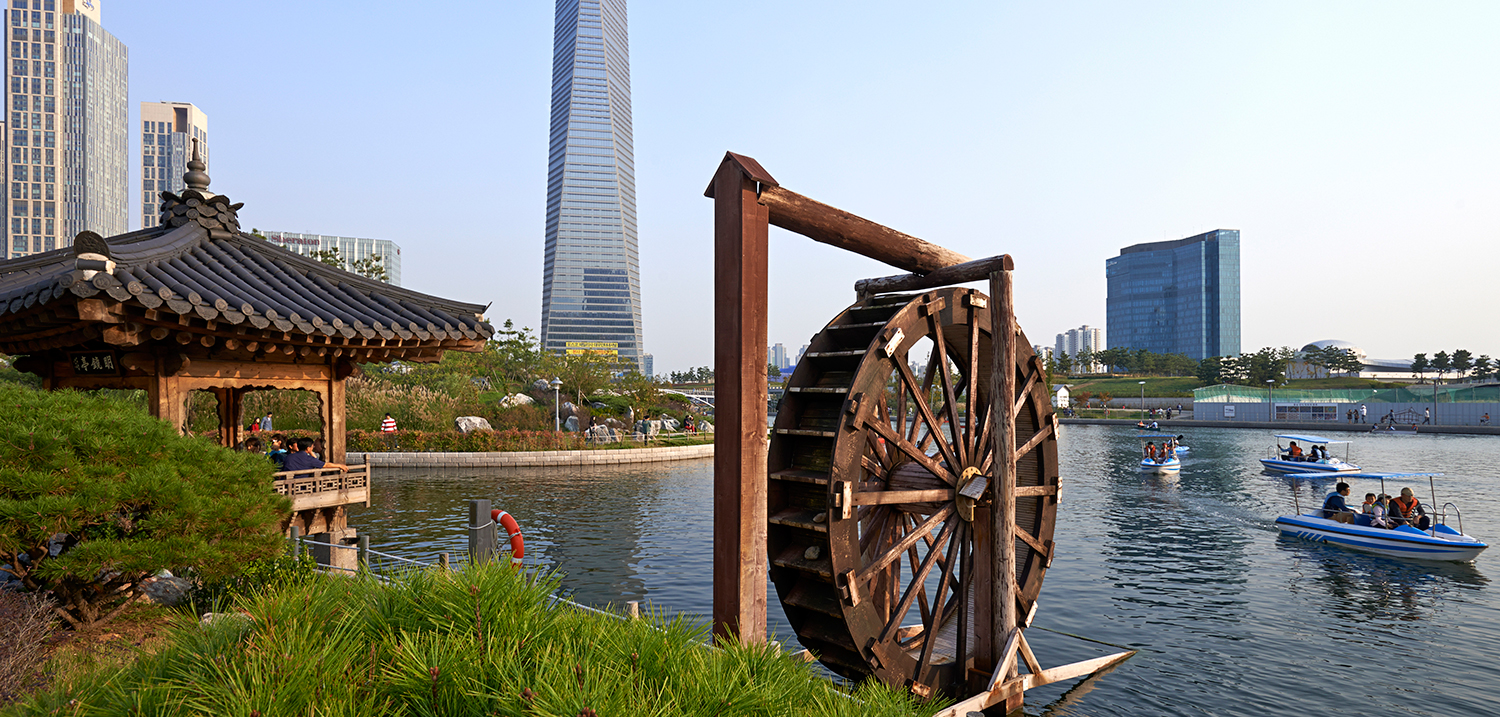
The Future of Greenfield Cities
May 29, 2019 — The Big Picture
We are at the beginning of the next wave of urbanization — a period of rapid growth in both area and population, directly influencing and being influenced by the dominant and emerging technologies of our time.
Two aspects defining this wave are massive transitions in how we power and move within cities. New technological developments have brought a decarbonized energy system and corresponding mobility revolution within reach.
These transitions are desperately needed to mitigate fossil fuels’ carbon emissions and their role in global warming and the second-order effects of climate change. For example, Singapore — which imports 90% of its food — will be dramatically impacted by changes to the global food supply chain. Both sea level rise and extreme droughts will harm major Indian cities such as Chennai and Delhi, home to more than 26 million people combined. Paris has imposed a ban to nearly half of all cars on its roads in an attempt to halt extreme heatwaves, and California now annually endures a “fifth season” of devastating wildfires that has already bankrupted the state’s largest electric utility. Despite the obvious need, many energy transitions are occurring too slowly, with existing infrastructure, planned retrofits, and renewable deployments constricted by risk aversion and limited budgets.
The next wave of urbanization will also be defined by its sheer size — a tripling of land cover in the first half of this century alone. While the carrying capacity of existing cities is under increasing strain, unsustainable urban growth threatens to outstrip any mitigation efforts in our urban cores. The result is a need for new sites of politics, housing, commerce, industry, and energy.
One solution is the accelerating development of greenfield cities around the world. Building new cities from the ground up is a bold (and monumentally difficult) attempt to relieve the strain on our currently overloaded urban systems. It promises to build energy efficiency, sustainability, and resilience in to the core of a place.
Schneider Electric is pleased to present this Big Picture editorial, which brings together a cross-section of experts from around the globe to comment on the future of greenfield cities, with special emphasis on how the transitions in energy and mobility are playing out in cities built from scratch. Contributors explore the different ways in which greenfield cities are being designed and built, the major challenges and opportunities facing them, and what we should expect in the decades to come.